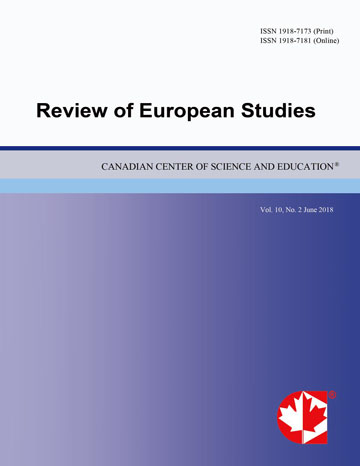Dividend Policy and Investment Decisions of Korean Banks
- Seok Weon Lee
Abstract
The objective of this study is to investigate the inter-relationship between banks’ dividend policy and investment decisions in terms of risk management and profit maximization. From the panel regression analysis, this study finds that the bank’s dividend policy appears to be closely related to both incentives of profit maximization and risk management. In this study our empirical methodology is based on the general notion that the bank’s expectation on future economic condition is best captured by various measures of the components of ex-ante risky asset portfolios as well as the widely used risk measures such as capital ratio, nonperforming loans and return on asset which simply reflect the bank’s historical performance. We find that when the banks have positive expectation on future economic condition, they tend to increase the proportion of risky asset portfolios to maximize expected profits rather than putting highest priority on risk management of the bank, and tend to pay more dividends based on higher expected profits. On the other hand, when the expectation on future economic condition is negative, the banks tend to put highest priority on the bank’s risk management by increasing the proportion of safe asset portfolios and decreasing dividends based on lower expected profits.
- Full Text:
 PDF
PDF
- DOI:10.5539/res.v7n3p245
Index
- ACNP
- CNKI Scholar
- DTU Library
- Elektronische Zeitschriftenbibliothek (EZB)
- EuroPub Database
- Excellence in Research for Australia (ERA)
- Genamics JournalSeek
- Google Scholar
- Harvard Library
- HeinOnline
- Infotrieve
- JournalTOCs
- Mir@bel
- Open policy finder
- RePEc
- ResearchGate
- ROAD
- Scilit
- Technische Informationsbibliothek (TIB)
- The Keepers Registry
- Universe Digital Library
- WorldCat
Contact
- Paige DouEditorial Assistant
- res@ccsenet.org
